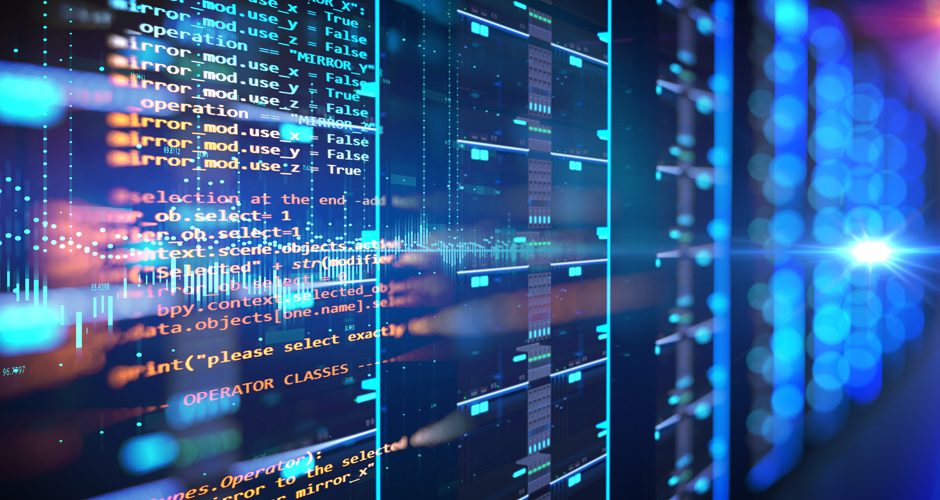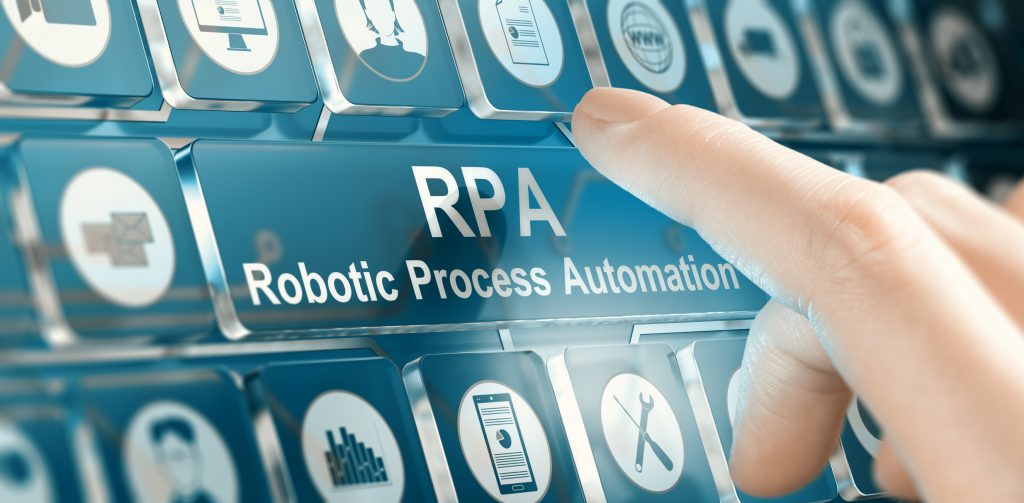Top Tech Trends Impacting Payroll

This is the era of unrelenting technology advancements, and this has had a far-reaching impact on various human resource functions such as payroll. Adopting the latest trends is no longer an option but a necessity, especially for global players who have to adopt multiple payroll regulations and legislations in different countries and even states. The utilization of global payment processing is a necessity now, that is why to learn more about how to implement this into a business, is a step forward for payroll needs. Thus technological disruptions in this area have become a must-know for human resource practitioners, and here are some of the trends that dominated 2020, some of which I have used.
Artificial Intelligence and Machine Learning
Automation has become critical for any business since it saves both time and money, and two integral technologies, artificial intelligence and machine learning, have made this possible. These two components combine payments and payroll, but they also help my company and others make better decisions via leveraging predictive analytics from the data obtained.
Due to the increased need for compliance with various local and international regulations, we use a system that combines both artificial intelligence (AI) and robotic automation to track legislative changes and how payroll changes will impact our business. For example, in my company, artificial intelligence has helped us manage both our permanent employees as well as freelancers and still navigate the complex General Data Protection Regulation (GDPR) laws for European countries as well as the california consumer privacy act (CCPA). This increases compliance with such acts and prevents my company from incurring hefty fines. We are also testing out some powerful AI-based systems to build rotas to optimize performance and cost by using variables such as historical work data, availability records, stress profiles, and others.
Robotic Process Automation (RPA) and Zero-Touch Payroll
Robotic process automation (RPA) has become an essential part of payroll as companies such as ours seek to find more accurate, faster, and multi-layered payroll systems. Robotic process automation has also helped us automate deductions at various salary scales, thus decreasing the chances of human error, which might lead to penalties and fines.
Another technological development we have adopted is zero-touch payroll, whereby payroll is processed automatically without human intervention. Like many other companies, we had some skepticism before adopting the technology, but we have overcome it. It has benefited our company since it frees up my time as a human resource practitioner and enables me to focus on other strategic activities that increase the value I contribute to the company.
Blockchain and Real-Time Pay
2020 saw the discussion around the application of blockchain to enable real-time pay. This was due to the rise of the gig economy and the adoption of cashless payment, which increased the demand for on-demand payroll capability to enable freelancers to immediately get paid for time worked and approved. The payroll system we use has a real-time payment feature, but I know that the discussion around the use of blockchain technology will make this feature more robust.
Although blockchain is commonly associated with cryptocurrency, it is based on a distributed ledger system that enables payments to be made on a peer-to-peer network between employees, employers, and the tax authority, thus decreasing the need for banks, and making it more popular when it comes to the trading of this particular type of currency. Of course, you can learn more at places like bei Bitcoin Up if you would like to start investing and trading in this market. Due to the limited intervention of banks, this system can increase the efficiency and speed of payroll payments since there is no need for banks that have to verify the financial exchange since the blockchain system validates every transaction. Such systems would help my company make payroll payments to employees in other countries since we would simplify the process and avoid costly bank fees and currency exchange losses. You can follow this link to learn how to get into Crypto or if you require more information on cryptocurrencies.
Data Protection and Security
2019 saw the stringent implementation of various data protection acts such as the General Data Protection Regulation (GDPR), and many companies, including ours, have been forced to adopt general GDPR-compliant payroll systems. This means that if my company enters any sensitive data into their system, then it must be protected by the highest cybersecurity measures available. Thus, since our company holds various kinds of sensitive data such as names, account numbers, social security numbers, and addresses, then I, as a payroll practitioner, have to rely on technology to remain compliant.
Technology and Human Resource Integration
Technology has enabled the combination of payroll and human resources (which are two different entities), thus allowing human resource practitioners to get all employee data on a single platform, enhancing efficiency in managing employee information. Our system is also equipped with various features such as scheduling and tracking, which helps accurately track employee hours and prevent any form of payroll fraud, overpaying, or underpaying employees.
Payroll technologies and functions have changed over the years, and these changes will keep on happening, maybe even faster than the next payroll. However, we, as payroll and human resource practitioners, can leverage these technological advances and provide more value to our companies or businesses.



